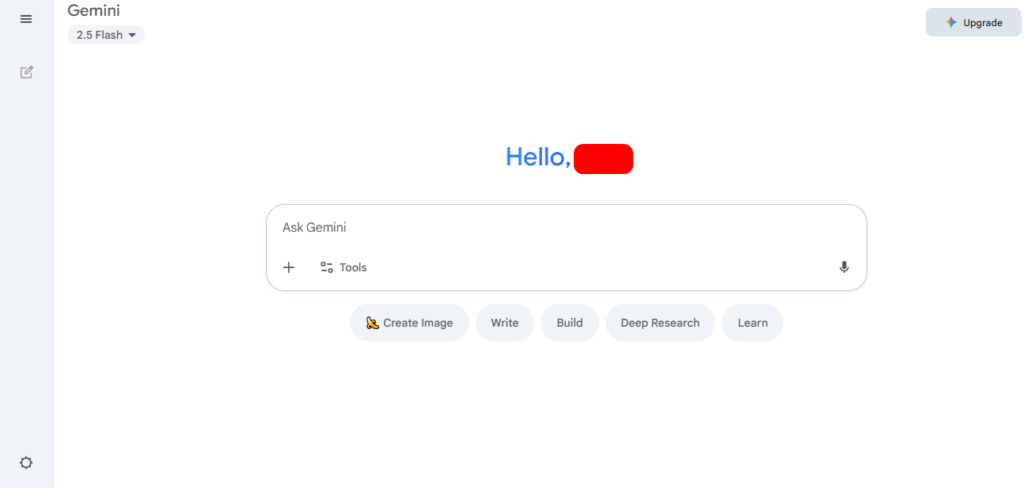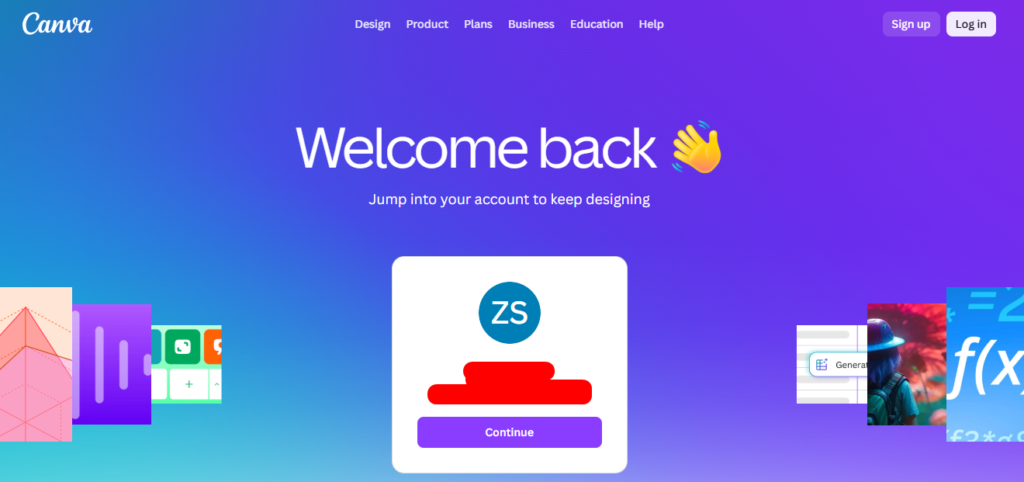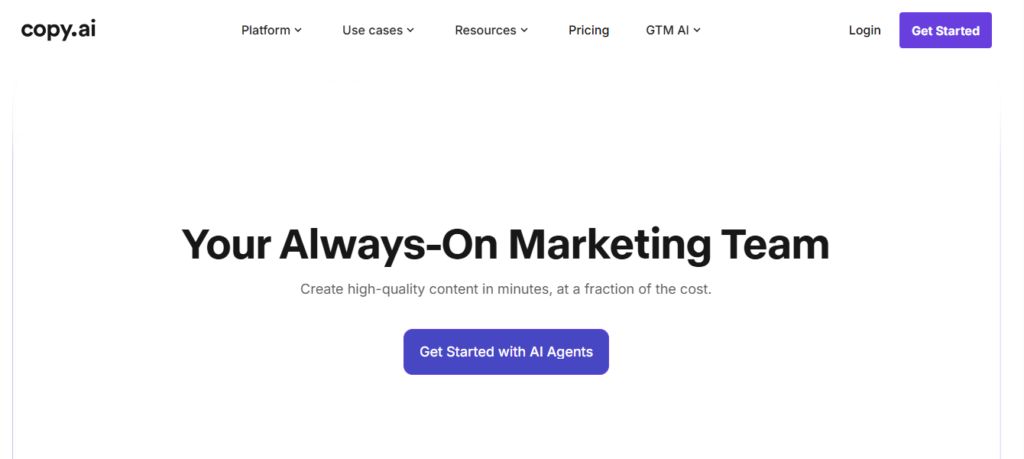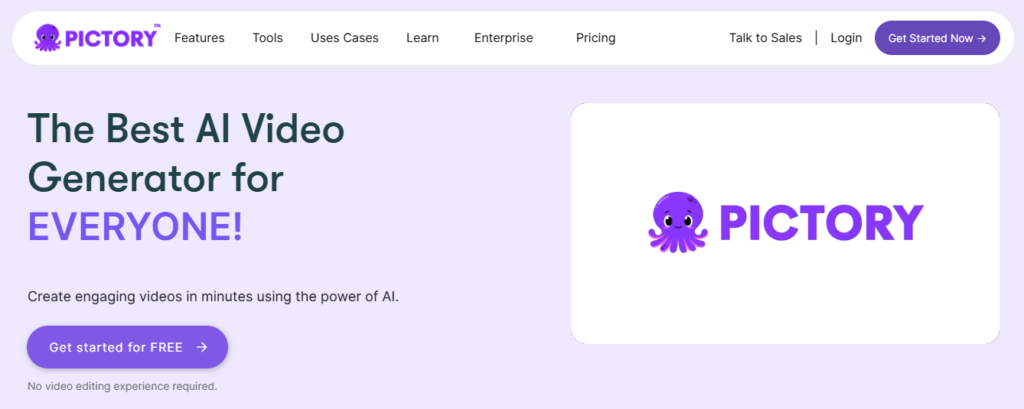AI tools are no longer optional for marketers. Free and freemium tools let small teams and solo marketers produce copy, design creatives, edit video, and run experiments without large budgets.
This article lists the most useful free AI tools for marketing in 2026, explains what they do, shows key features, outlines pricing and limits, and suggests when to upgrade to paid plans.
How to pick the right free AI tool for marketing?
- Match the tool to the task. Use copy AI for text, design AI for static visuals, and video AI for short social clips.
- Check usage limits. Free tiers often restrict daily prompts, image generations, or export quality.
- Test output quality on your real assets. A tool that works for one brand may fail for another.
- Think about scale. If you plan to produce hundreds of assets a month, start with a paid plan trial.
Top Free AI Tools for Marketing That Actually Deliver
Below are eight tools that cover the bulk of marketing work: idea generation, content writing, image creation, video production, and on-page optimization.
1. ChatGPT (OpenAI) — quick copy, research, and ideation
ChatGPT is a conversational AI that handles copywriting, brainstorming, research summaries, customer reply drafts, and light coding tasks.
It is useful for drafting ad copy, email sequences, landing page outlines, and content briefs.
Key features
- Conversational prompt interface for iterative refinement.
- Templates for emails, ad copy, scripts, and lists.
- File uploads and basic data analysis on some plans.
- Plugins and custom GPTs where supported.
Free tier limits and pricing
OpenAI offers a free tier, which includes access to GPT-3.5 and limited access to GPT-4 models depending on capacity.
The free tier is excellent for low-volume ideation and simple drafts. Paid plans expand model access, context window, and task limits.
When to use
- Fast headline variations for A/B tests.
- First drafts of emails and ads you will refine.
- Summaries of research and competitor pages.
Pros and cons
- Pros: fast, easy iteration, strong reasoning for prompts.
- Cons: output needs human editing and fact-checking.

2. Google Gemini (formerly Bard) — research, image generation, and long context work
Google’s AI suite offers conversational writing, research assistance, and image generation under Gemini.
It integrates well with Google apps and handles large context windows in some models.
Key features
- Conversational research with citations when possible.
- Image generation and editing tools integrated into Google workflows.
- Generative templates for scripts and social posts.
Free tier limits and pricing
Google provides a free access tier with usage limits on advanced features and image generation.
Free users get a useful set of daily prompts and image generations. Paid Google Gemini plans raise limits and add priority access to the newest models.
When to use
- Deep research tasks where citation and sourcing matter.
- Quick image concepts when you already use Google tools.
Pros and cons
- Pros: strong integration with Google apps and large context handling.
- Cons: advanced features can be rate-limited for free users.

3. Canva (Magic Design and AI tools) — social creatives and simple video
Canva combines templates, layout tools, and AI features that auto-generate designs from text prompts and uploaded assets.
It is ideal for social posts, presentations, quick banners, and simple videos.
Key features
- Magic Design that generates layouts and visuals from short prompts.
- Text-to-image generation tools and background remover.
- Built-in brand kit for consistent fonts and logos on paid plans.
- Simple video editor with storyboards and captioning.
Free tier limits and pricing
Canva’s free plan offers a generous catalog of templates and many AI tools, such as Magic Design.
Templates, basic image generations, and exports in standard resolution are free. Premium media assets and brand kit features require a Pro subscription.
When to use
- Rapid social creative production for Facebook, Instagram, and LinkedIn.
- Quick landing page hero images and presentation slides.
Pros and cons
- Pros: fast output, low learning curve, great template library.
- Cons: advanced templates, premium assets, and higher export quality require Pro.

4. Microsoft Designer — AI images and social-ready graphics
Microsoft Designer is a design tool that uses generative AI to create images and design layouts from prompts.
It integrates with Microsoft 365 and is handy for marketers using PowerPoint and Word.
Key features
- Text-to-image generation with simple prompts.
- Templates for social and presentation formats.
- Integration with the Microsoft ecosystem for easy export.
Free tier limits and pricing
Basic Designer functionality is available for free through Microsoft accounts. Deeper integrations and advanced model access come with Microsoft 365 subscriptions.
When to use
- Creating on-brand visuals that will appear in presentations or decks.
- When you need quick variations of a visual concept.
Pros and cons
- Pros: good for teams already on Microsoft 365.
- Cons: fewer creative controls than specialist image generators.

5. Copy.ai — focused marketing copy generation
Copy.ai is an AI writing assistant focused on marketing copy. It offers templates for ads, product descriptions, emails, and landing pages.
Key features
- Wide template library for ADs, social captions, product descriptions, and more.
- Tone and length controls.
- Collaboration features for teams on higher plans.
Free tier limits and pricing
Copy.ai provides a free tier for light users. Paid plans unlock unlimited words, team seats, and advanced workflows.
Pricing for Pro and team plans varies and often runs monthly or annually.
When to use
- Rapidly producing dozens of ad copy variants.
- Product description batches for e-commerce listings.
Pros and cons
- Pros: purpose-built for marketing copy.
- Cons: outputs need brand voice tuning.

6. Writesonic — long-form content and SEO-focused copy
Writesonic targets marketers who need long-form content optimized for search. It includes SEO modules, blog post generators, and content rewriters.
Key features
- Blog post and article generators with custom outlines.
- SEO assistant and content scoring to align with keywords.
- Templates for e-commerce, ads, and emails.
Free tier limits and pricing
Writesonic offers a free trial or a limited free tier for testing. Paid plans begin with low entry points for freelancers and scale up for agencies.
When to use
- Producing SEO-optimized articles with minimal manual structure work.
- Creating pillar content and topic clusters faster.
Pros and cons
- Pros: SEO features streamline long-form production.
- Cons: may require manual editing for accuracy and brand tone.

7. Lumen5 — convert blog posts into short videos
Lumen5 is a text-to-video tool that turns blog posts, scripts, and articles into short social videos with automated scene selection and captioning.
Key features
- Import blog URLs or paste scripts to generate video storyboards.
- Auto-captioning and scene timing matched to text.
- Stock media library and simple transitions.
Free tier limits and pricing
Lumen5 keeps a free forever tier, which includes Lumen5 watermark on exported videos and limited templates.
Paid plans remove branding and add higher resolution and more stock assets.
When to use
- Quick repurposing of blog content into short-form social clips.
- Creating caption-first videos for LinkedIn, Instagram, and Facebook.
Pros and cons
- Pros: fast conversion from text to video.
- Cons: watermarked free exports and limited customization.

8. Pictory — edit long videos and create short clips
Pictory helps marketers extract short clips from long webinars, podcasts, and recorded videos. It automates captioning, highlight selection, and short-form editing.
Key features
- Auto-summarization of long videos into shorter clips.
- Auto captions and text overlays.
- Batch processing workflows for recurring content.
Free tier limits and pricing
Pictory typically offers a free trial and low-cost starter plans. Full features and higher export minutes require paid subscriptions.
When to use
- Turning a 60-minute webinar into multiple social clips.
- Creating captioned teasers and audiograms.
Pros and cons
- Pros: time saver for repurposing long-form video.
- Cons: limits on free export minutes and advanced features.

How to combine these tools for a typical campaign?
- Research and brief
Start with Google Gemini or ChatGPT to draft a brief and list target keywords.
- Creative and copy
Generate 10 headline variants in ChatGPT. Send the best 3 to Copy.ai for tone variations.
Use Canva or Microsoft Designer to create static ads and thumbnails.
- Video and repurposing
Use Lumen5 to convert blog posts or scripts into short videos. Use Pictory to extract clips from recorded sessions.
- QA and optimization
Run the copy through a human editor and test 3 variants. Track CTR and conversion uplift. If templates and brand assets are needed, upgrade Canva or Copy.ai as necessary.
When to upgrade from free to paid?
Upgrade when any of the following happen:
- You need consistent, unbranded exports for clients.
- Usage limits block your production schedule.
- Team collaboration features and brand controls are necessary.
- API access is required to automate asset generation.
Practical tips and prompt recipes
- For headlines: Ask the AI to write 12 headlines in two tones: factual and curiosity-driven. Pick 6 for testing.
- For images: Give the generator 3 reference images or a short mood list, including color and composition.
- For videos: Provide an outline and preferred clip length. Request auto-captions and a short hook in the first 3 seconds.
- For SEO: Draft the article in Writesonic, then paste it into a human editor. Cross-check facts and add unique data.
Limitations and risks
- Free outputs are not unique or copyrighted. Always run trademark checks and originality scans for commercial use.
- AI hallucinations happen. Verify facts, numbers, and claims before publishing.
- Privacy and data. Avoid uploading sensitive customer data into free tiers without checking the privacy policy.
Final verdict
Free AI tools now cover a huge part of a marketer’s workflow. Use ChatGPT and Google Gemini for ideation and research. Use Canva and Microsoft Designer for quick creatives.
Use Copy.ai and Writesonic for copy and SEO content. Use Lumen5 and Pictory to turn words into short social videos.
Frequently Asked Questions
What are the best free AI tools for marketing right now?
Popular free tools include ChatGPT (copy and ideation), Google Gemini (research and images), Canva (design), Microsoft Designer (graphics), Copy.ai (ad copy), Writesonic (SEO content), Lumen5 (text-to-video), and Pictory (video clip editing).
Are these tools completely free or freemium?
Most are freemium. They offer solid free tiers with limits on prompts, image generations, export quality, or branding. Paid plans expand limits and remove watermarks.
Which AI tool is best for making social media visuals?
Canva and Microsoft Designer are the most beginner-friendly for social creatives. Canva has a bigger template library, while Designer integrates with Microsoft 365.
Which tool works best for ad copywriting?
ChatGPT for brainstorming and Copy.ai for structured ad copy are good starting points. Writesonic is better for long-form SEO content.
Can I use these tools for commercial work without paying?
Yes, but check each tool’s terms of use. Free tiers often allow commercial use, but with restrictions like watermarks or limited asset libraries.
Do these AI tools replace human marketers?
No. They speed up research, copywriting, and design, but human oversight is essential for accuracy, brand voice, and strategy.
When should I upgrade from a free plan to a paid plan?
Upgrade when you hit usage limits, need unbranded exports, require team collaboration features, or want API access to automate workflows.
Are free AI tools safe to use with sensitive data?
Be careful. Avoid uploading confidential customer or financial data into free tiers. Review each provider’s privacy policy before sharing sensitive information.




